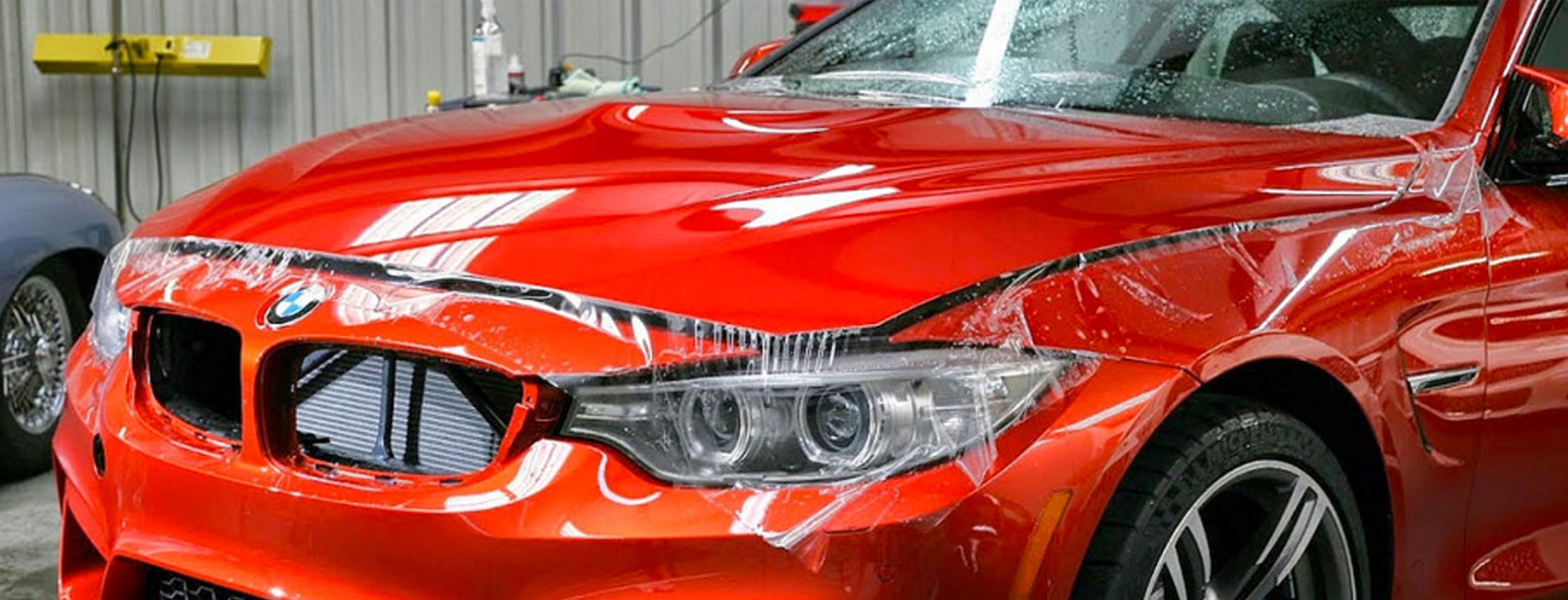
Car Bra vs. Paint Protection Film: Which Is Best for You?
Is Using a Car Bra Better for Long-Lasting Vehicle Paint Protection?
Every car owner knows that feeling of frustration when you spot a fresh rock chip, scratch, or bug stain on your car’s hood. Whether you drive a shiny new sports car, a family SUV, or a daily commuter, keeping the front end of your vehicle in good condition is an ongoing battle. Road debris, insects, harsh weather, and UV rays constantly attack your car’s paint. Over time, this damage doesn’t just affect the aesthetics; it can also reduce resale value.
That’s why protective solutions like car bras and paint protection film (PPF) exist. Both are designed to shield your car’s front end, but they work in very different ways. One is a removable cover made of vinyl or leather, while the other is an invisible, adhesive film that sticks directly to your paint.
If you’re considering installing film yourself, our complete range of paint protection film tools is designed to give you a professional finish →
But which one is the better option for you? The answer isn’t always straightforward. It depends on factors like your budget, driving habits, and how much long-term car paint protection you want. In this guide, we’ll break down everything you need to know about car bras and paint protection film so you can make the right choice for your vehicle.
What is a Car Bra?

A car bra, sometimes called a front-end cover or hood protector, is a fitted piece of vinyl or leather that stretches over the front of your vehicle, usually covering the hood, bumper, and sometimes the fenders. It was originally introduced in the 1960s, popularized by sports car owners who wanted an affordable way to keep their paint safe from chips and bugs during highway driving.
Over time, car bras became a fashion statement as much as a functional accessory. In fact, during the 1980s and 1990s, having a black leather car bra was seen as a sign of being a “serious” car enthusiast. Today, they’re still available, but they’ve evolved into sleeker, custom-fit designs that blend with modern vehicles.
Types of Bra for Car
Full Bra: Covers the entire front end of the car, including bumper, grille, and part of the hood. Best for maximum protection.
Sport Bra (Mini Bra): Only covers the leading edge of the hood where most rock chips occur. Less bulky and easier to install.
Custom-Fit Bra: Designed specifically for your vehicle’s make and model to ensure a snug fit without loose edges.
Materials Used in the Bra for the Car
Most car bras are made from heavy-duty vinyl or leather with a soft, felt-like inner lining to prevent scratching the paint. The outer layer is weather-resistant, while the inner side cushions against abrasion.
A car bra is usually attached with straps, hooks, or clips, and while it’s relatively easy to remove, it requires occasional cleaning to prevent trapped dirt and moisture from damaging your car’s paint.
Those who prefer a temporary solution like a car bra can also benefit from specialised vehicle wrapping tools that make installation easier →
What is Paint Protection Film (PPF)?
Paint protection film (PPF), also known as a clear bra, is a transparent, adhesive film applied directly to a car’s painted surfaces, unlike a car bra, which is an external cover. PPF bonds to the paint and becomes a nearly invisible layer of protection.
The origins of PPF date back to the U.S. military, where it was first used on helicopter rotor blades during the Vietnam War to protect them from debris damage. Eventually, automakers and aftermarket companies adapted the technology for consumer vehicles.
How Does PPF Work
PPF is made from thermoplastic urethane, a flexible material that absorbs impacts from rocks, gravel, and other road debris. Modern films even feature self-healing properties, meaning minor scratches and swirl marks disappear with heat from the sun or hot water.
Types of Paint Protection Films
Standard Clear Film: Transparent and glossy, giving your car a “like new” finish.
Matte Finish Film: Protects paint while giving your car a stealthy, satin look.
Colored PPF: Available in different shades, allowing both protection and customization.
Unlike car bras, PPF doesn’t alter the appearance of your vehicle and can last anywhere from 5 to 10 years with proper care. However, it does come at a higher upfront cost.
For beginners, it’s often more cost-effective to start with one of our paint protection film kits that include everything you need in one package →
Pros and Cons of Car Bras
Like any protective solution, car bras have both benefits and drawbacks. Let’s look at both sides:
Benefits of Bra for Car
Affordable protection: Car bras are significantly cheaper than PPF. A standard bra costs between $100–$300, compared to thousands for a film installation.
Easy installation and removal: Most people can install a car bra at home without professional help.
Great for temporary use: If you’re going on a road trip or long highway drive, a car bra offers quick auto paint protection against bugs and rocks.
Custom style: Some car owners love the sporty, aggressive look a black car bra gives to their vehicle.
Drawbacks of Bra for the Car
Moisture and dirt buildup: If not removed and cleaned regularly, trapped dirt can scratch your paint.
Limited coverage: A car bra only protects the front end; the rest of your car remains vulnerable.
Fading and wear: Over time, vinyl can crack, fade, or become loose.
Not ideal for long-term use: Leaving it on for months without cleaning can actually cause more damage than automotive paint protection.
Best Use Cases
Bra for cars is best for occasional, short-term protection, like a road trip, a weekend rally, or seasonal bug-heavy months. They’re also great for car enthusiasts who like the “classic” look, but they’re not the best option for all-weather, year-round protection.
If you’re new to PPF or car bras, a smart investment is one of our professional vehicle wrap tool kits that cover all the essentials →
Pros and Cons of Paint Protection Film

Paint protection film offers a more permanent solution for car paint protection, but it also comes with its own pros and cons.
Benefits of PPF Film
Long-term durability: PPF lasts up to 10 years, making it a set-and-forget solution.
Invisible vehicle paint protection: Since it’s clear, your car looks exactly the same, or even glossier.
Self-healing technology: Minor scratches disappear with heat, keeping your car looking flawless.
High resale value: Buyers are more likely to pay extra for a car with well-preserved paint.
Covers more areas: Can be applied not just on the hood and bumper, but also mirrors, doors, and even the entire car.
Drawbacks of PPF Wrap
High cost: Professional installation can range from $1,000 to $7,000, depending on coverage.
Requires professional installation: DIY is possible, but very difficult; bubbles and misalignment are common without experience.
Maintenance still required: While durable, PPF can yellow or peel over time if not cared for properly.
Best Use Cases
PPF is ideal for luxury vehicles, new cars, and high-performance models where maintaining pristine paint is a top priority. It’s also the better choice for people who plan on keeping their vehicle paint protection for many years or driving in areas with lots of road debris.
Smooth application without air bubbles or scratches is possible with our dedicated PPF squeegees built for clear film installation →
Car Bra vs. Paint Protection Film: Key Differences
When it comes down to deciding between a car bra and paint protection film (PPF), the differences are much more than just appearance. Each option has distinct pros and cons that make it suitable for different types of drivers. Let’s compare them side by side across a few critical factors.
Cost Comparison
A car bra is without a doubt the cheaper solution. On average, a decent-quality car bra costs between $100 and $300 depending on the brand and fit. Even custom-fit versions rarely go above $500.
By contrast, paint protection film is a serious investment. A partial PPF wrap application (just the hood and bumper) costs between $800 and $1,500, while a full-body wrap can go up to $6,000–$8,000 for luxury cars. The difference is massive, and cost alone often determines which option people choose.
Installation Process and Difficulty
Car bras win in the installation category. Most come with straps and clips that allow you to install them at home in less than 30 minutes. If you’re going on a road trip, you can put it on before leaving and take it off when you return.
On the other hand, PPF requires professional installation for best results. The process involves carefully stretching, aligning, and applying the film using water and adhesive solutions. Even the smallest mistake can leave air bubbles or wrinkles, so DIY attempts are risky.
Durability and Longevity
Car bras offer short-term protection, but they’re not meant to last forever. With regular use, they can last 2–3 years, but frequent cleaning and removal are necessary to avoid paint damage.
Paint protection film, however, is designed for long-term durability. High-quality films can last 5–10 years, especially if maintained properly. Plus, many come with warranties from the manufacturer or installer.
Appearance and Aesthetics
This is where personal preference plays a huge role. Some car enthusiasts love the sporty, aggressive look of a car bra. It adds a certain “track car” vibe to the vehicle. However, many people dislike how it hides the paint and can make a car look dated.
PPF film, on the other hand, is virtually invisible. A well-applied film is nearly undetectable, and some versions even enhance the gloss of your paint. For those who want to keep their car looking showroom-fresh, a PPF wrap is the clear winner.
After applying PPF or a car bra, regular upkeep is easier with our detailing tools for aftercare and surface protection →
Which Option Between the Bra for Car and the PPF Wrap is Right for You?
Now that we’ve outlined the major differences, let’s break down which type of car owner is best suited for each protection option.
For Budget-Conscious Car Owners
If you’re looking for affordable, temporary auto paint protection, a car bra is your best bet. It gives you peace of mind on long drives, is easy to remove, and doesn’t require professional installation. For older vehicles or daily commuters, it’s a practical choice.
For Luxury and High-Performance Vehicles
If you own a luxury car, sports car, or collector vehicle, paint protection film is the smarter investment. These cars often have expensive paint jobs that cost thousands to repair. PPF ensures that your car maintains its pristine look for years, helping preserve resale value.
For Everyday Drivers
This group sits somewhere in the middle. If you drive your car daily, PPF may seem like an expensive choice, but it offers the convenience of long-lasting automotive paint protection without the hassle of removing and cleaning a bra. On the flip side, if you only care about preventing chips on occasional road trips, a car bra is enough.
In short:
Car bras = Budget-friendly, temporary protection.
PPF = Premium, long-term solution.
Keeping both PPF and vinyl wraps clean helps them last longer, so make sure you have the right cleaning tools designed for car wraps and paint protection film →
Maintenance and Care Tips for the Bra for the Car and PPF Film
No matter which option you choose, maintenance is key to ensuring your car’s protection method actually works. Both car bras and paint protection films need care to stay effective.
How to Maintain a Bra for Car Properly
Remove regularly: Don’t leave a car bra on for months. Remove it at least once every few weeks to clean underneath.
Wash frequently: Dirt, dust, and moisture can get trapped. Always wash and dry the area before reattaching.
Avoid wet storage: Never store the bra while it’s wet, as this can lead to mold and mildew.
Check for loose straps: Loose parts can flap in the wind and scratch your paint.
How to Clean and Care for PPF Wrap
Wash gently: Use a pH-balanced car shampoo and microfiber towels to prevent scratching.
Avoid harsh chemicals: No abrasive cleaners or solvents, as they can damage the film.
Apply ceramic coating: Many owners layer a ceramic coating on top of PPF for even better protection.
Repair minor damage: If you notice peeling edges or deep scratches, have a professional inspect it immediately.
Common Mistakes to Avoid
Leaving a dirty car bra on for too long.
Using abrasive sponges or brushes on PPF.
Installing either option without proper cleaning beforehand.
Alternative Vehicle Paint Protection Options
If neither a car bra nor PPF sounds appealing, don’t worry, there are other ways to keep your car’s paint safe.
Ceramic Coatings
A ceramic coating bonds with your car’s paint at a molecular level, creating a hydrophobic layer that repels water, dirt, and contaminants. While it doesn’t protect against rock chips like PPF, it makes cleaning easier and keeps paint glossy for years.
Wax and Sealants
Traditional car wax and modern paint sealants provide short-term protection. They’re affordable, easy to apply, and give your car a nice shine, but they wear off quickly and require reapplication every few months.
Vinyl Wraps
Vinyl wraps can completely change the color of your car while protecting the original paint underneath. While not as tough as PPF film, they still offer a decent shield against minor scratches and UV rays. Plus, they give you creative freedom with custom designs.
Car Bra vs PPF Cost Breakdown Table
To make the decision easier, let’s compare the average costs of a car bra vs. paint protection film side by side.
| Protection Option | Average Cost (USD) | Installation | Lifespan | Coverage Area |
|---|---|---|---|---|
| Car Bra (Full) | $150 – $300 | DIY / Simple | 2–3 years | Hood, bumper, grille |
| Car Bra (Sport) | $80 – $150 | DIY / Simple | 1–2 years | Leading edge of the hood |
| Paint Protection Film (Partial Front) | $800 – $1,500 | Professional | 5–7 years | Hood, bumper, mirrors |
| Paint Protection Film (Full Body) | $4,000 – $8,000 | Professional | 7–10 years | Entire vehicle |
Long-Term Value Analysis
A bra for the car is the cheapest upfront, but may end up costing more in the long run if it scratches your paint or requires frequent replacement.
PPF wrap, while expensive, pays off by preserving resale value and avoiding costly paint repairs. If you plan on keeping your car more than 5 years, PPF often ends up being the better investment.
FAQs
Can a bra for car damage paint?
Yes, it can, if not maintained properly. Dirt and moisture can get trapped underneath, leading to scratches or dull spots. That’s why it’s important to remove and clean it regularly.
Does paint protection film peel over time?
High-quality PPF installed by a professional usually won’t peel, but cheaper films or poor installation can cause edges to lift. Regular care and inspections help prevent this.
Which is easier to install at home: a bra for car or a PPF wrap?
Definitely the car bra. Most car bras are designed for DIY installation. PPF, on the other hand, is best left to professionals because it requires precision, special tools, and experience.
Can I combine both a bra for the car and PPF?
Yes, some owners use both. They install PPF for long-term invisible protection and then use a car bra for extra shielding during long road trips. This “double layer” approach works well if you’re extra cautious.
Which option is better for resale value?
Paint protection film adds more resale value because buyers love knowing the original paint underneath is untouched and flawless. A car bra doesn’t directly boost resale value, but it can help keep the paint in better condition if maintained correctly.
Conclusion
At the end of the day, the choice between a car bra and paint protection film comes down to your needs, budget, and driving style.
If you’re on a tight budget and only need temporary protection, a car bra is a practical option. It’s easy to use, removable, and offers quick defense against bugs and rock chips during long drives.
If you want a long-term, premium solution, paint protection film is the clear winner. It’s invisible, durable, and keeps your car looking new for years. While the upfront cost is high, the protection and peace of mind it provides often outweigh the price.
Think of it this way: a car bra is like an umbrella, cheap, temporary protection that works when you need it. PPF, on the other hand, is like installing a roof, a bigger investment, but it keeps you safe and dry for the long haul.
Whichever option you choose, the most important thing is protecting your car’s paint before damage happens. After all, prevention is always cheaper (and less stressful) than repair.
For drivers upgrading their vehicle inside and out, our complete selection of window tint tools pairs perfectly with paint protection →
Are you unsure which tool or kit is right for your job?
Our expert team at Oz Sign Supplies is here to help. Reach out today, and we’ll direct you to the best tools to suit your project, ensuring you get the job done right the first time.



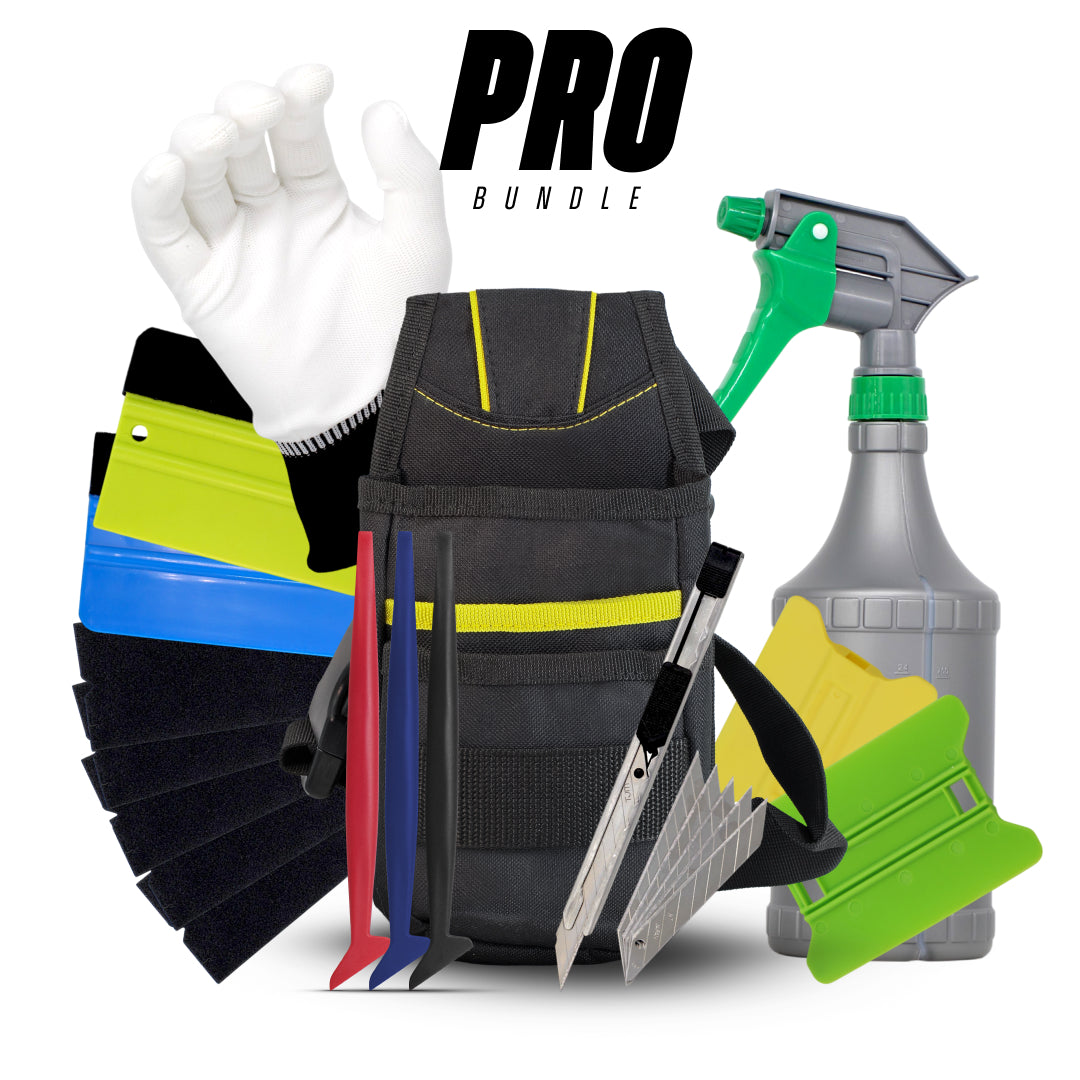
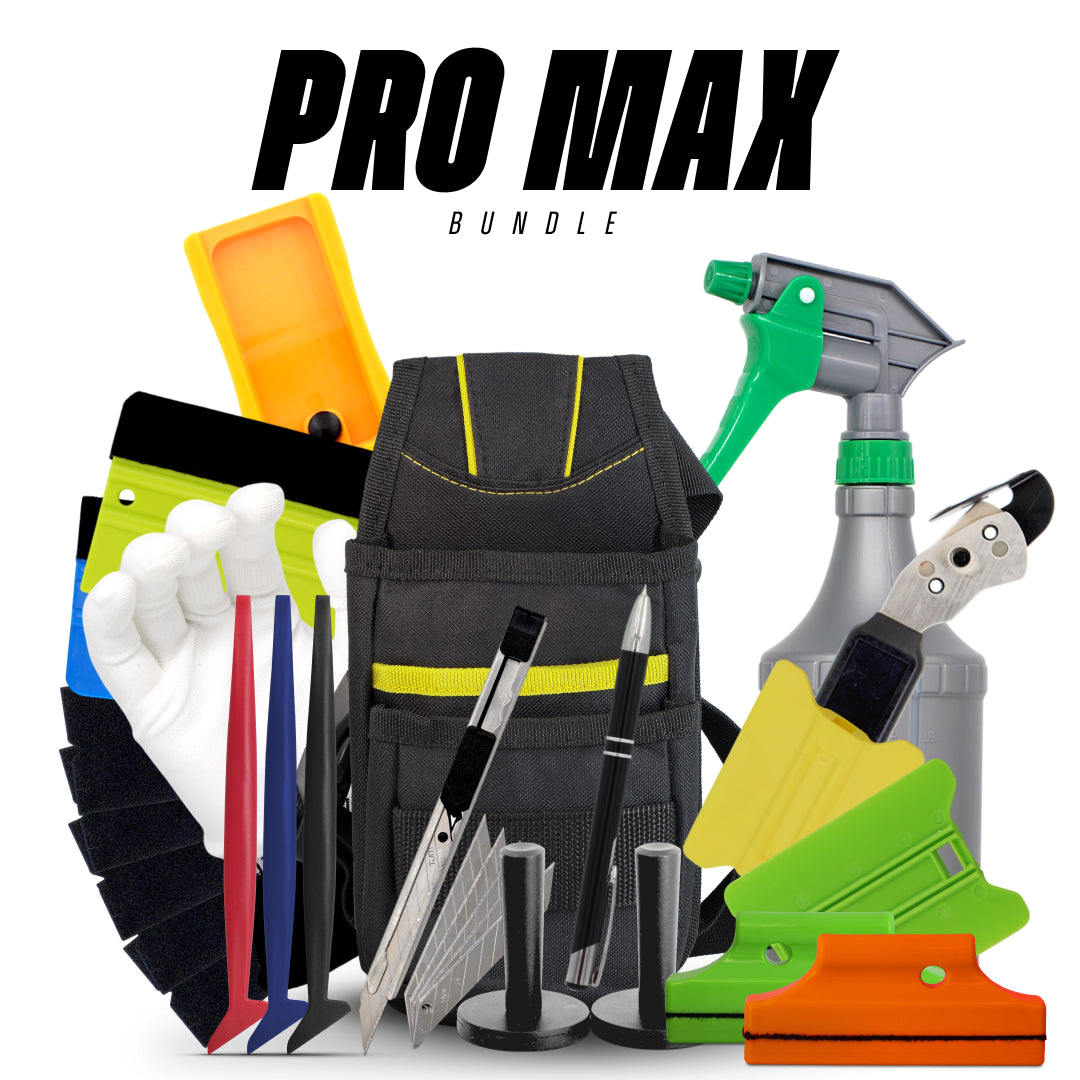
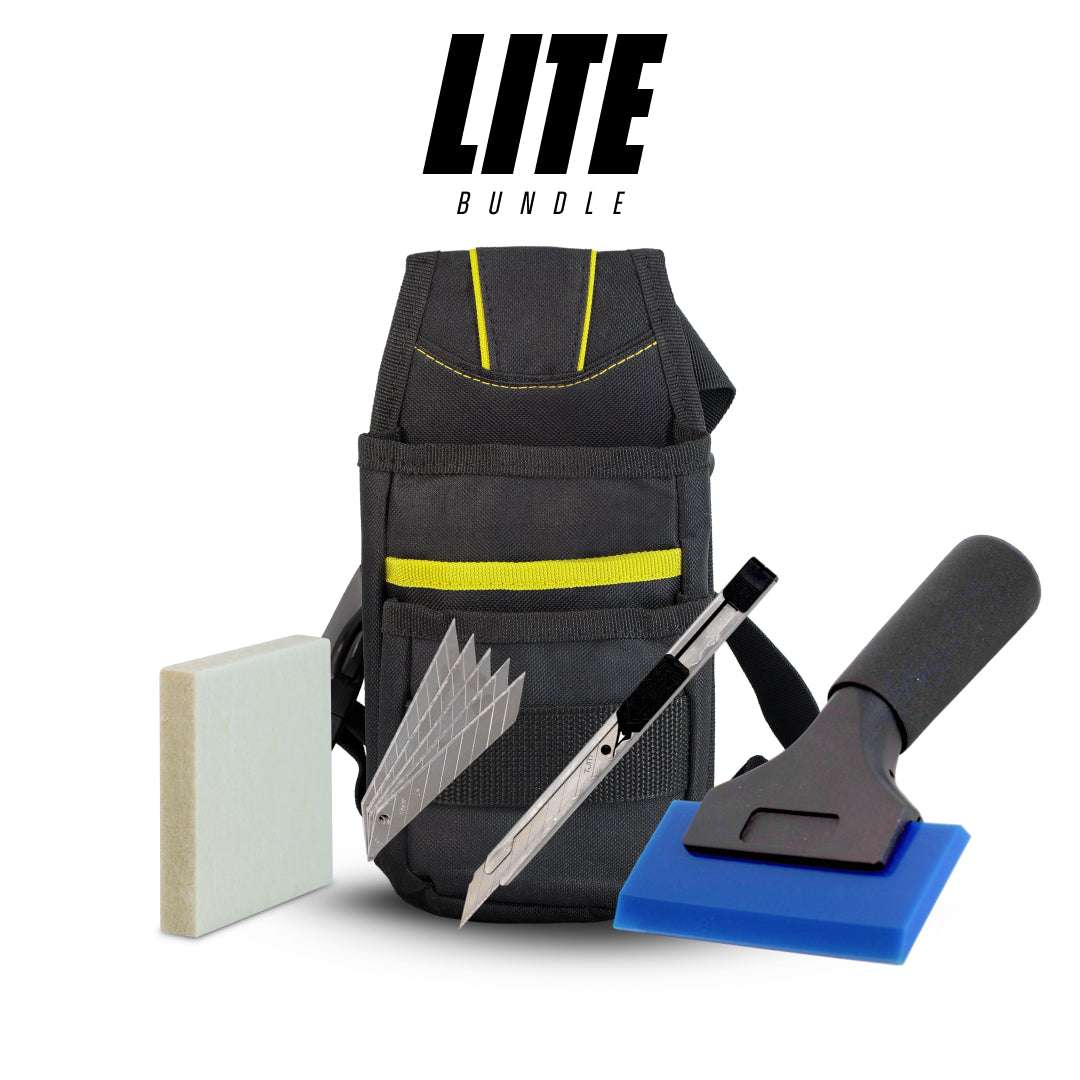
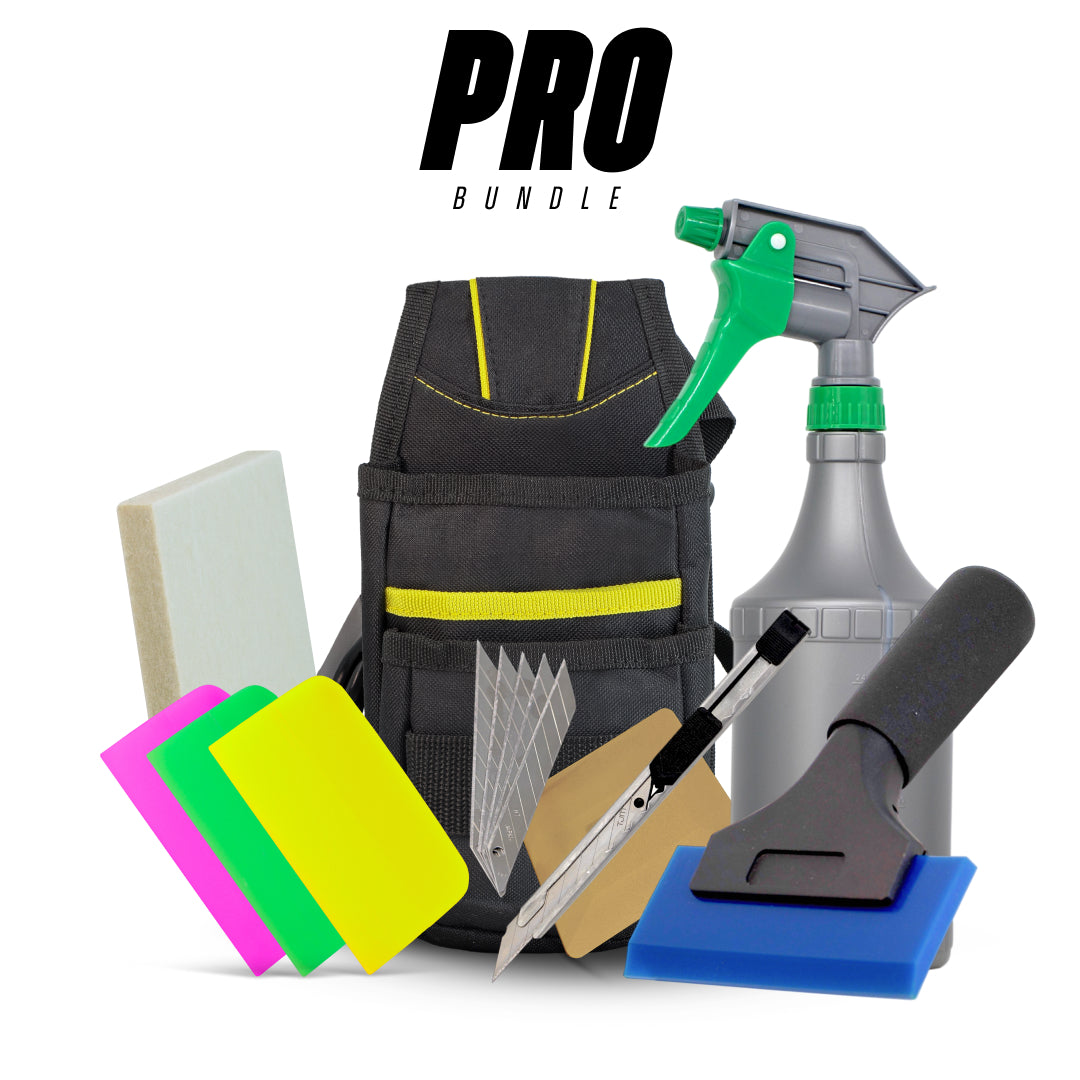
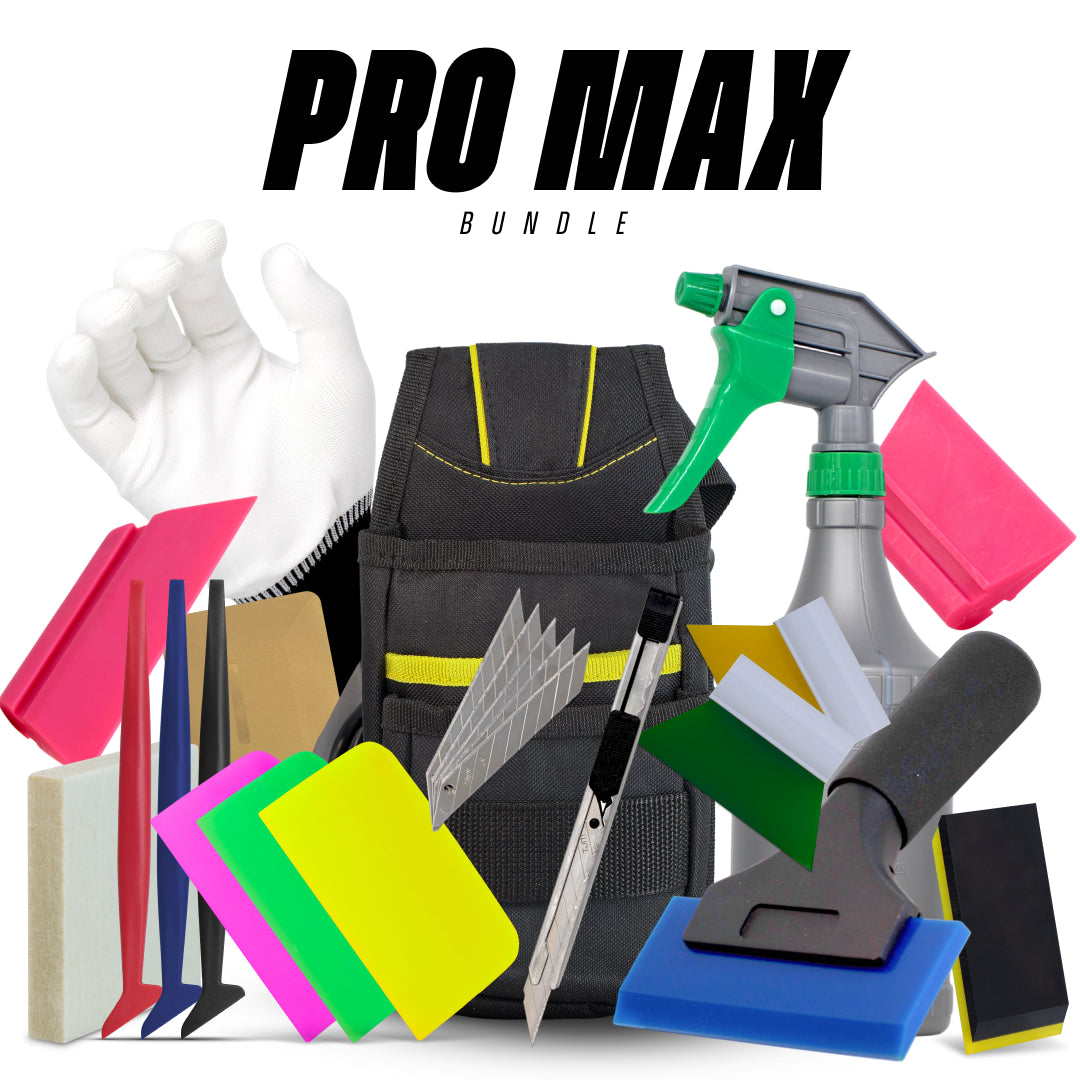
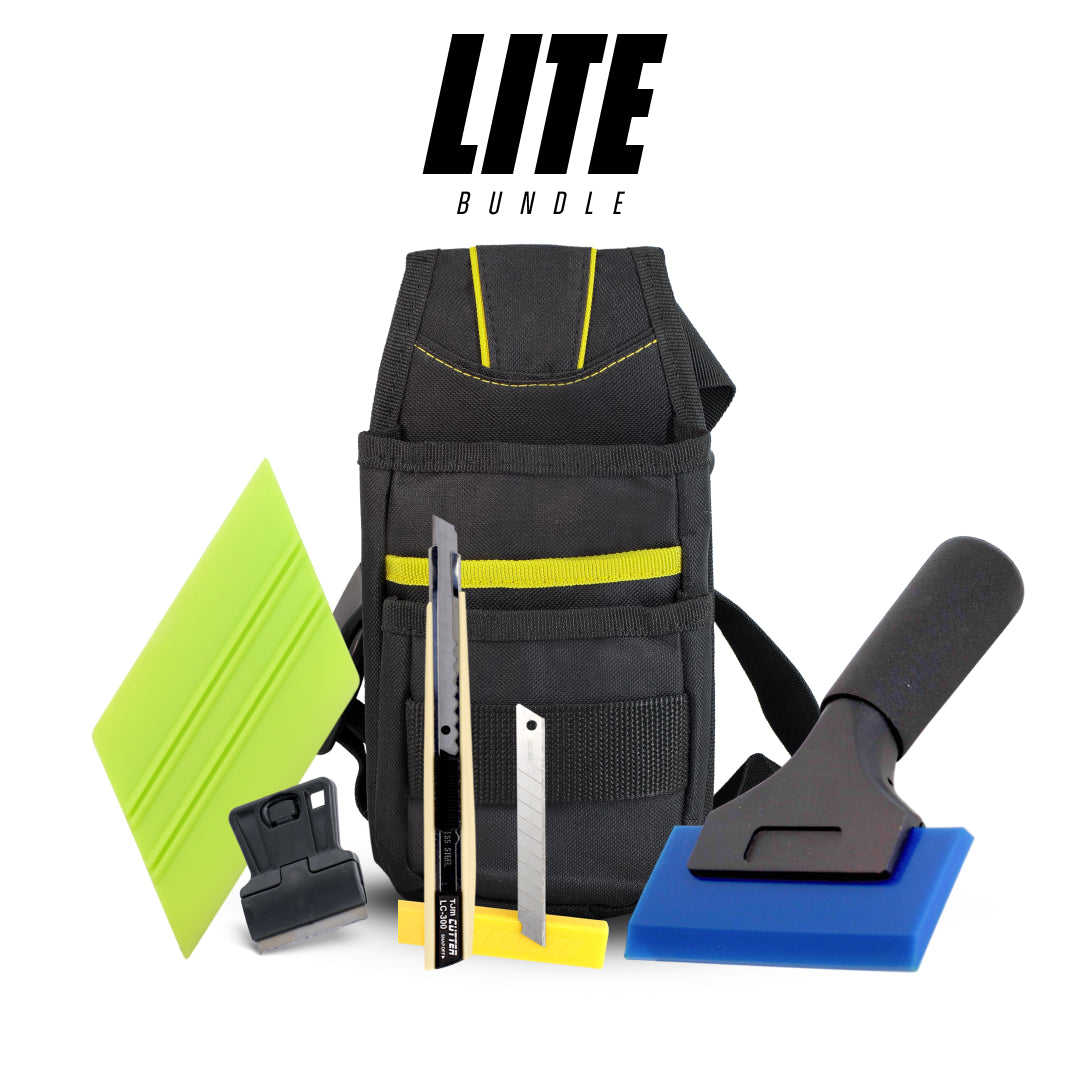
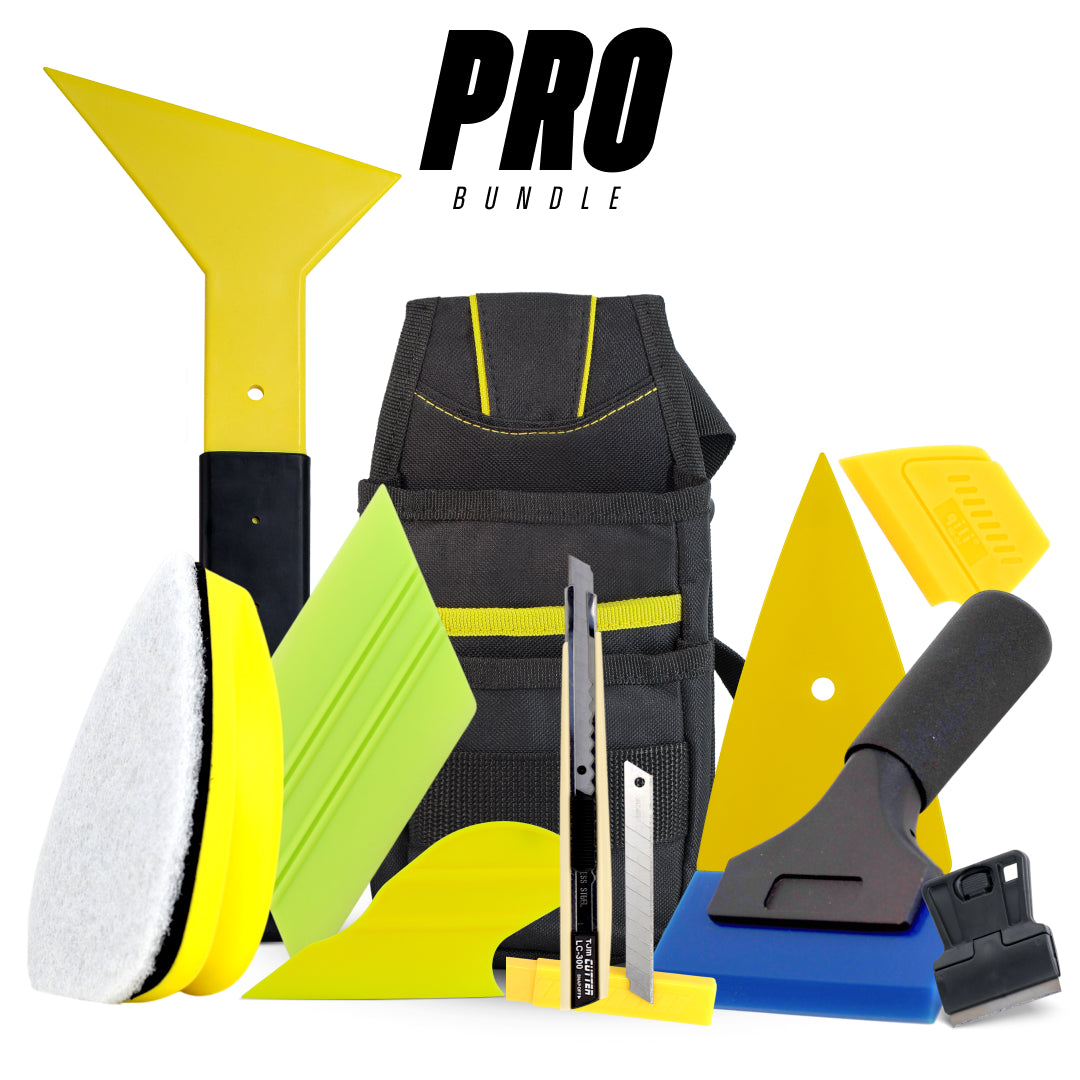

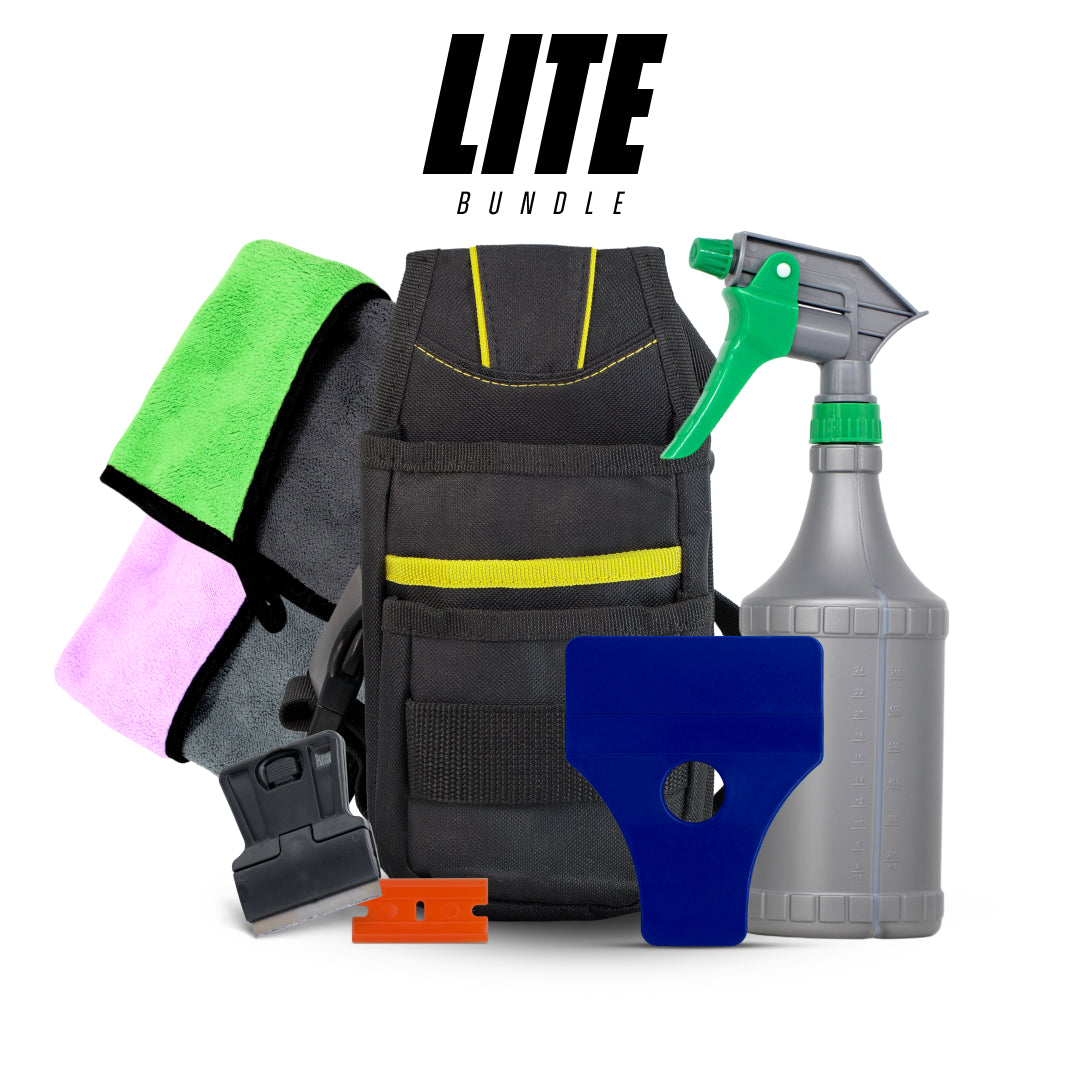
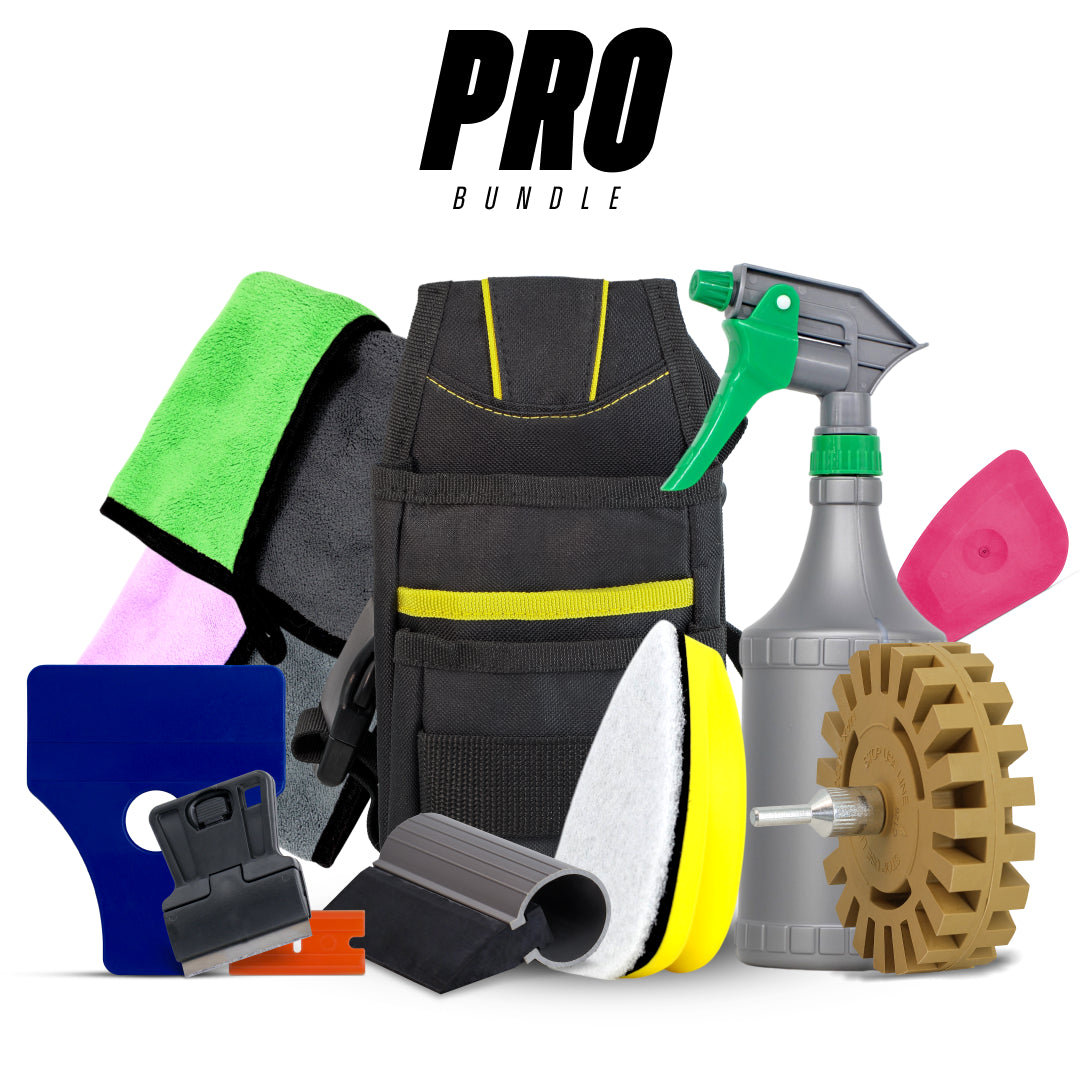
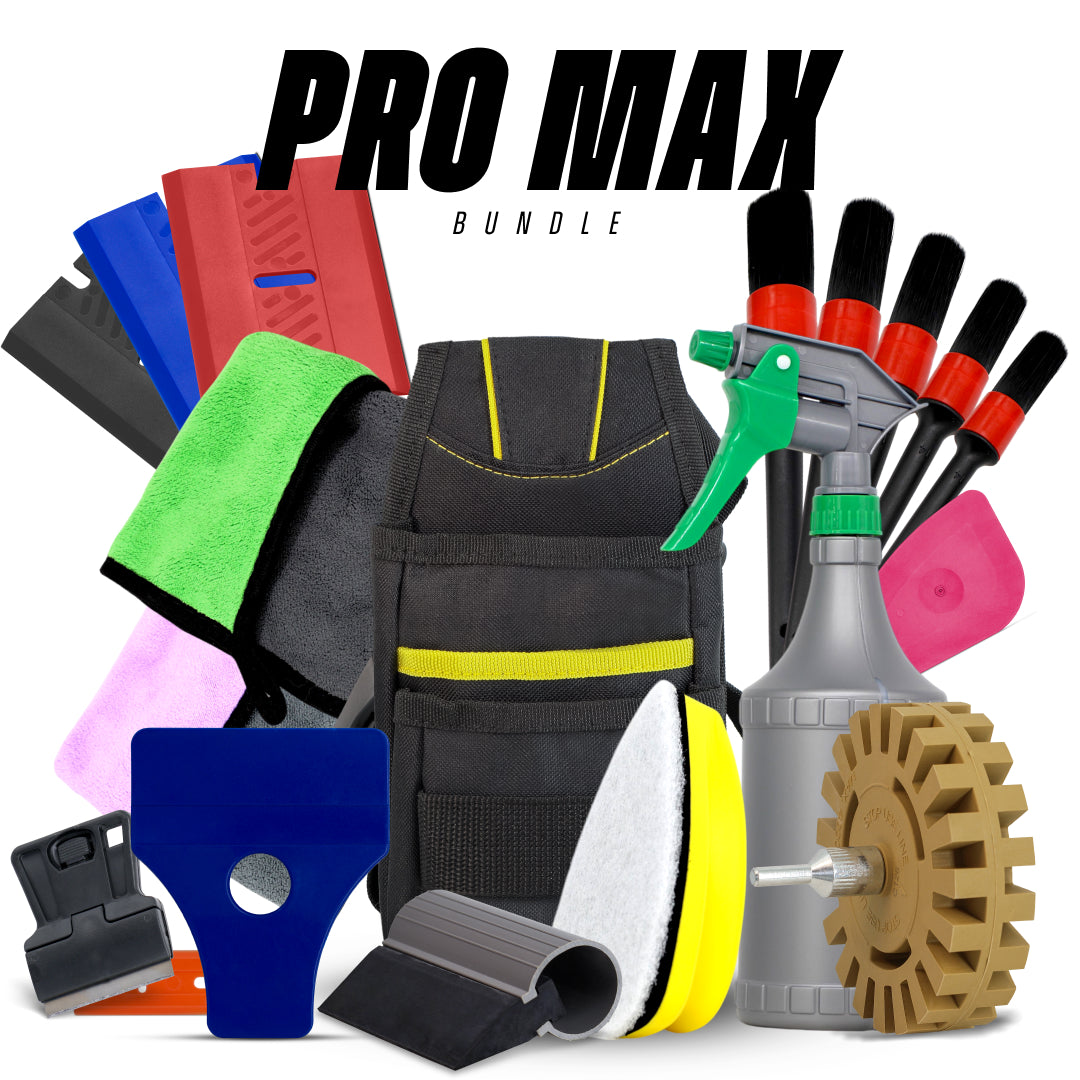

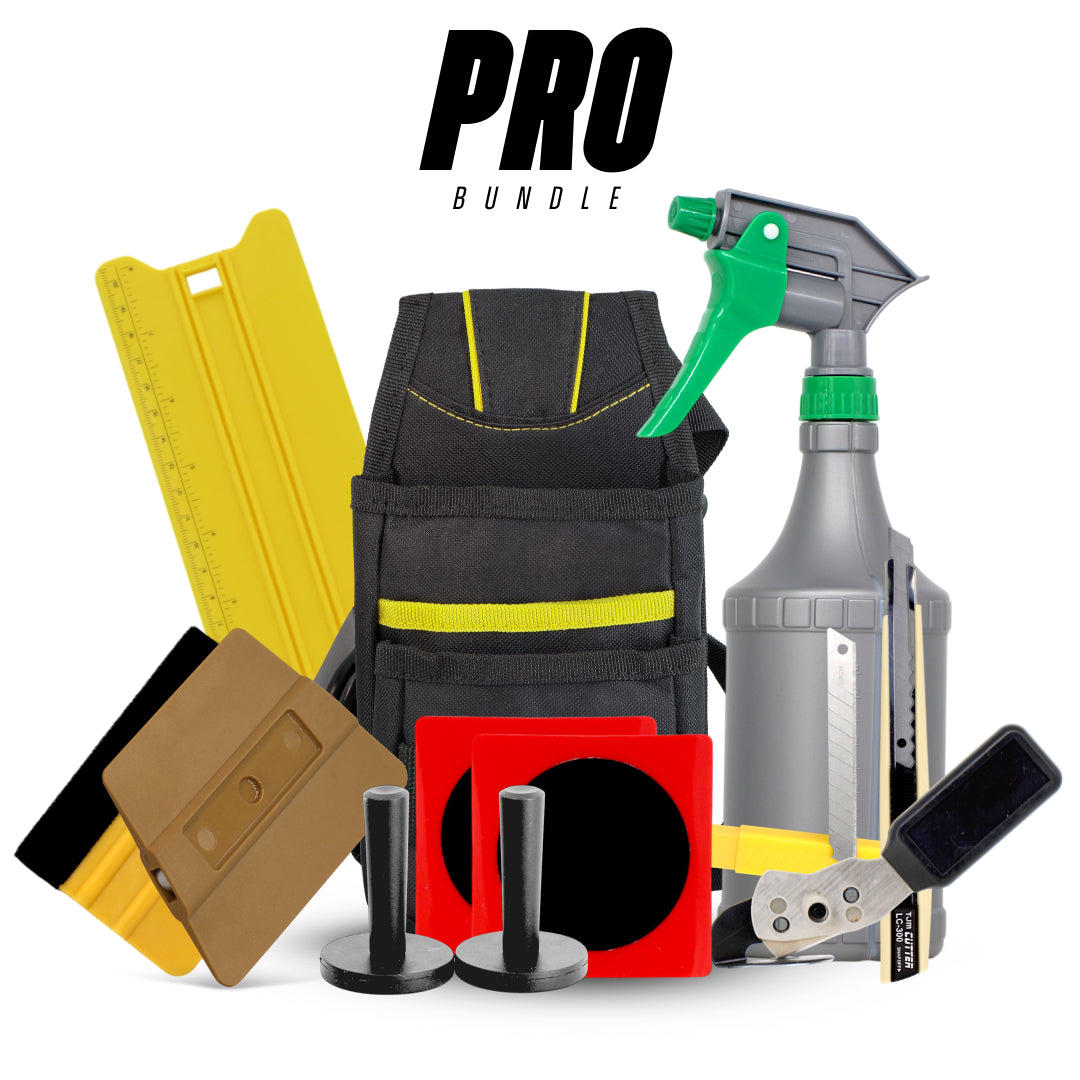
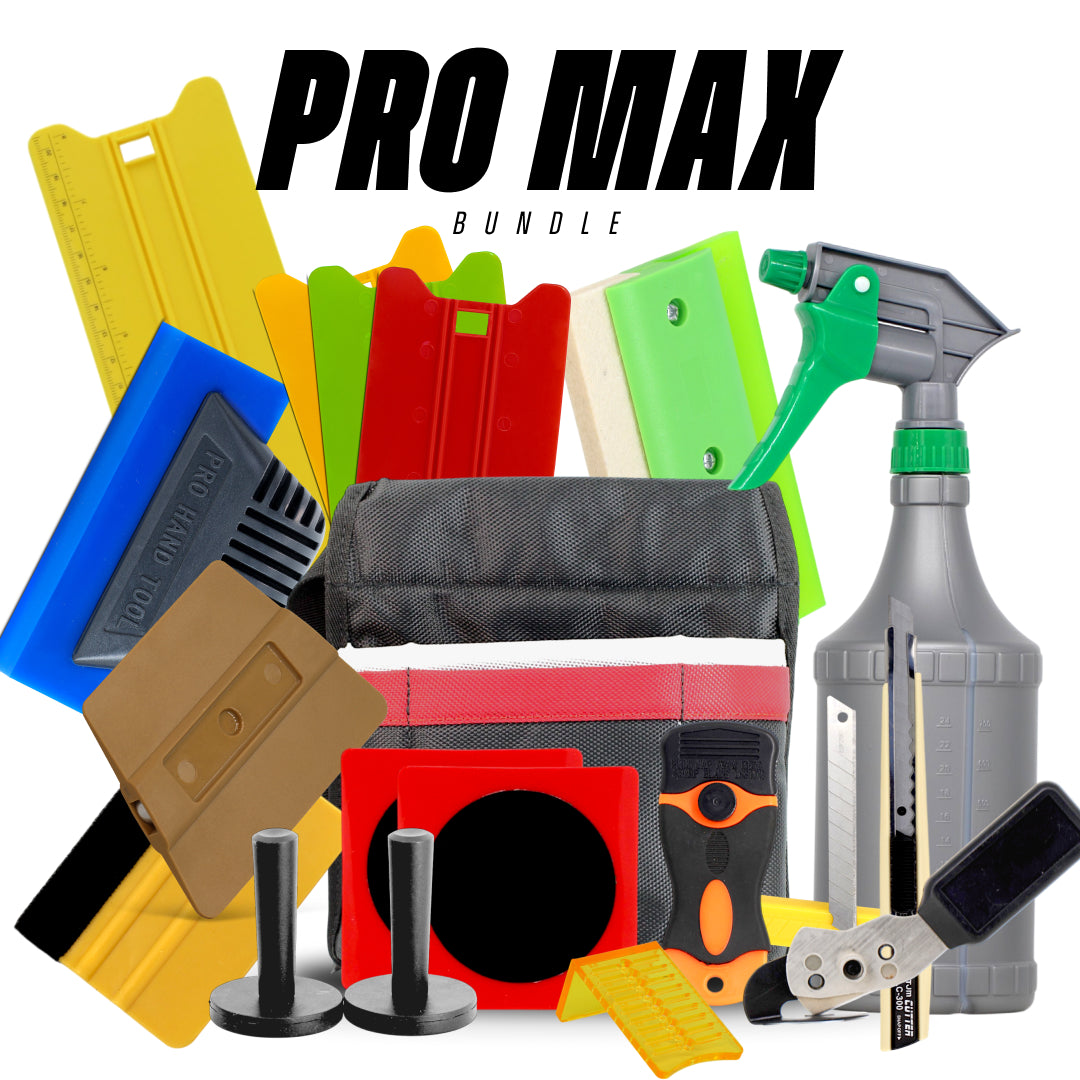


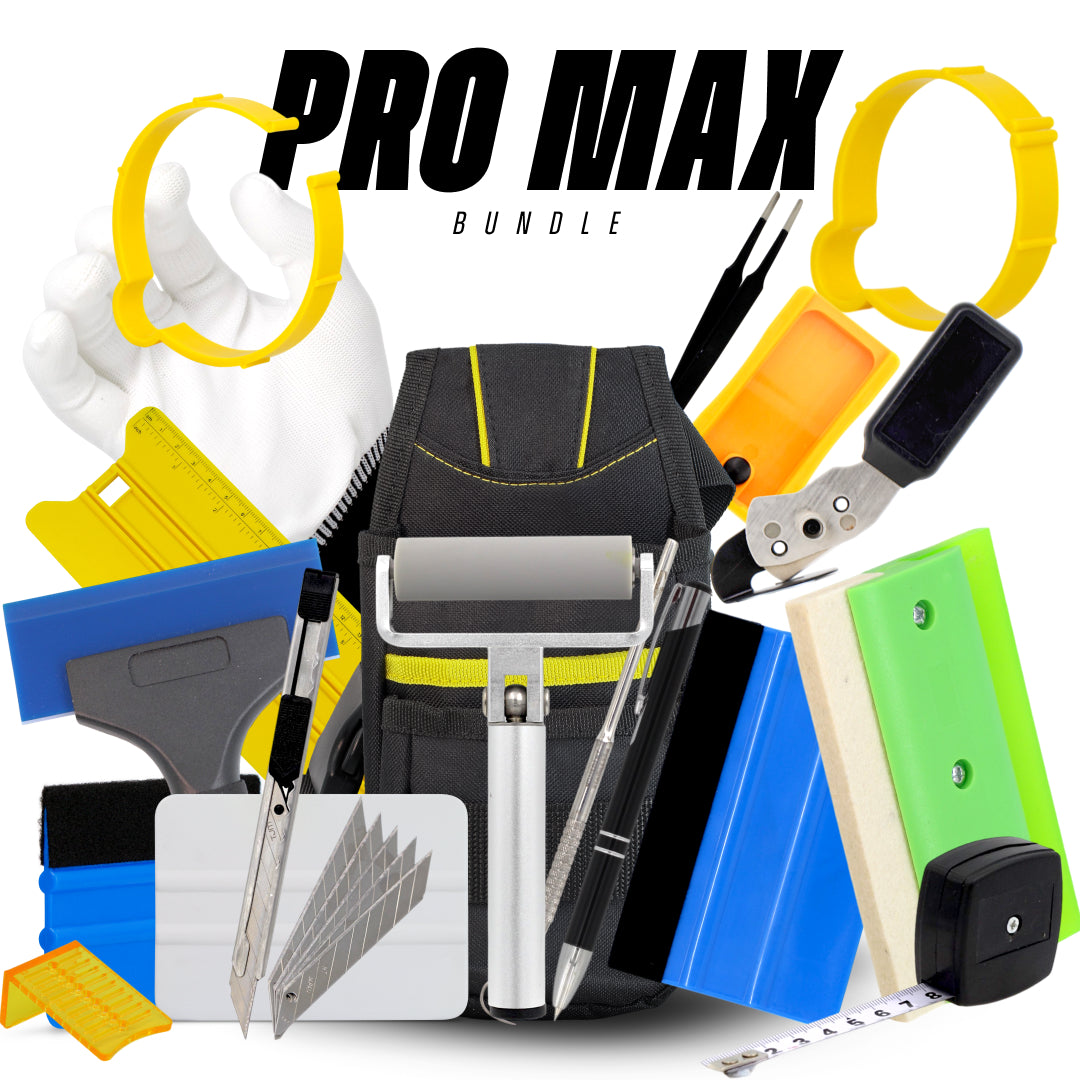

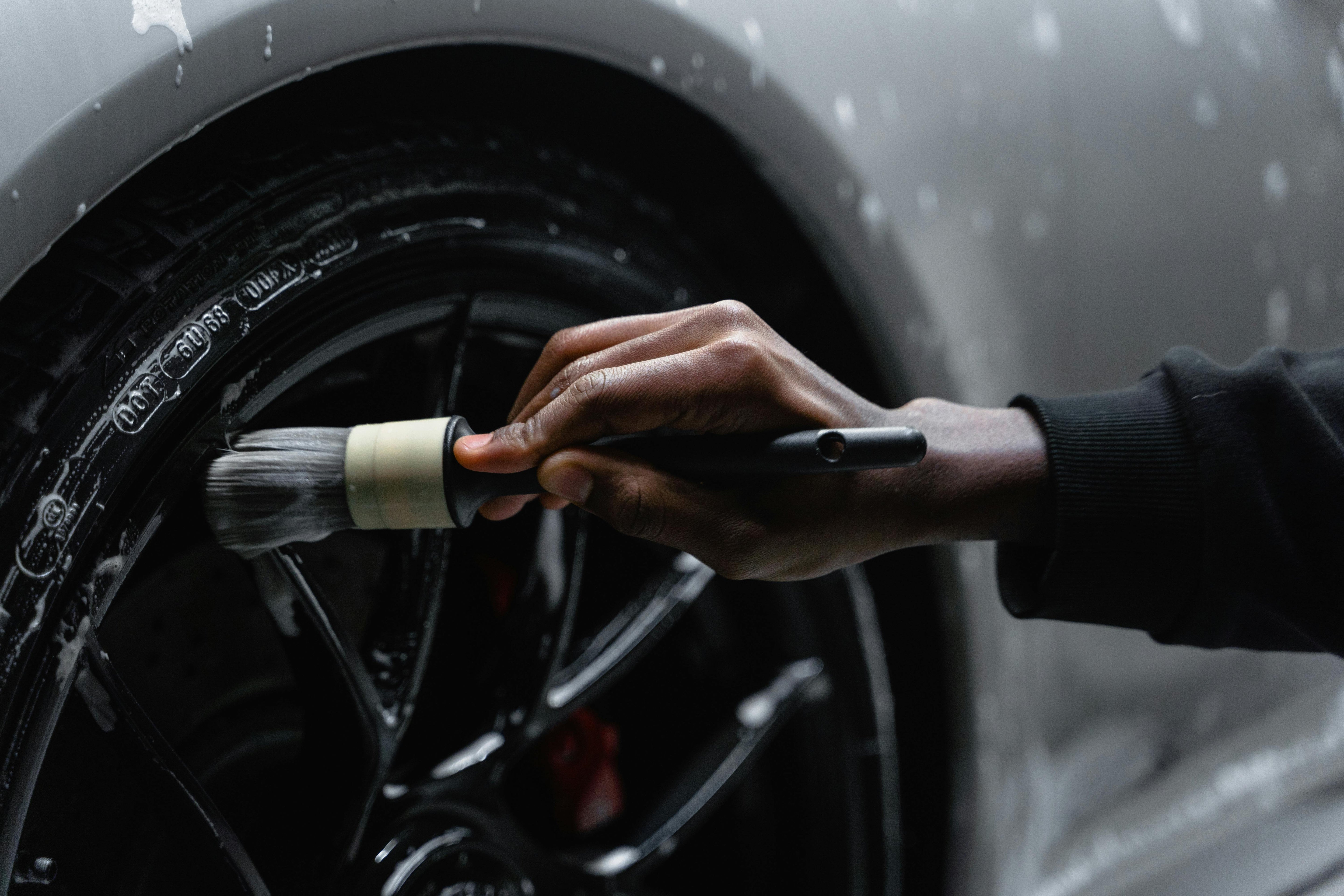

Leave a comment
This site is protected by hCaptcha and the hCaptcha Privacy Policy and Terms of Service apply.